Mountain names often have a significant meaning either with original explorers or a reflection of the local people, heritage and culture. Here is the background on the Summits of Canada mountains and their names:
Baldy Mountain – Manitoba
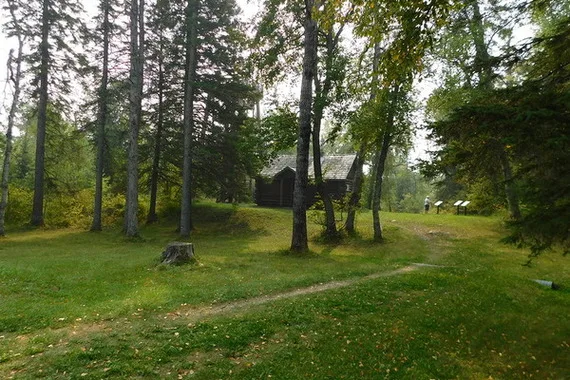
Author: Jimmy Emerson, DVM – flickr.com
The Origin Story
The name “Baldy Mountain” likely originated from the visual appearance of the mountain when viewed from a distance. Early settlers and explorers in the area might have observed the mountain’s distinct profile, which could have appeared somewhat barren or lacking in vegetation due to factors such as distance, lighting, or seasonal changes.
Interpretations and Perceptions
Names of geographical features often arise from subjective interpretations and perceptions. What one person sees as “bald” or lacking in vegetation, another may perceive differently. Additionally, the naming of landmarks can be influenced by cultural and linguistic factors, as well as the perspectives of different communities and individuals.
Cultural and Linguistic Influences
Furthermore, the naming of Baldy Mountain could reflect cultural or linguistic influences from the early settlers who inhabited the region. It’s possible that the name was derived from a term used in the indigenous languages of the area or from the cultural heritage of the settlers themselves.
Barbeau Peak – Nunavut
Barbeau Peak, towering majestically as the highest peak in Nunavut, Canada, beckons adventurers and curious minds alike. But why exactly was this remarkable mountain bestowed with the name “Barbeau”?
Discovering the Origins
The name “Barbeau Peak” likely has its roots in the exploratory expeditions that ventured into the remote and rugged terrain of the Canadian Arctic. It’s possible that the peak was named after an individual associated with one of these expeditions, such as a notable explorer, geographer, or sponsor.
Historical Figures and Contributors
Barbeau Peak may have been named in honor of a prominent figure who played a significant role in Arctic exploration or scientific endeavors. This could include explorers, scientists, or individuals who provided support and resources for expeditions to the region.
Cypress Hills – Saskatchewan
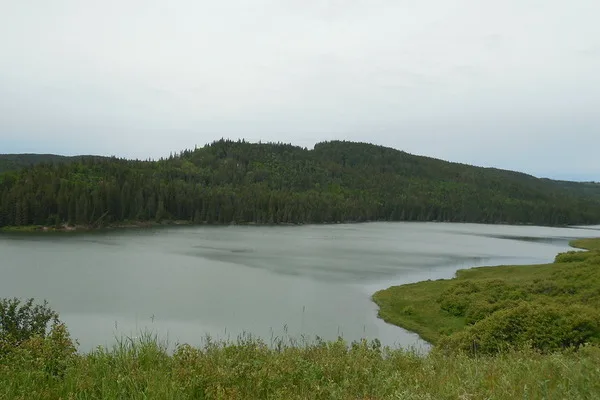
Автор: Jimmy Emerson – flickr.com
Echoes of Ancient Majesty
The name “Cypress Hills” whispers of ancient majesty, evoking images of verdant forests and timeless beauty. While the hills themselves may not be home to cypress trees, their rugged contours and lush greenery echo the grandeur of these storied groves. Early settlers, captivated by the area’s natural splendor, may have bestowed upon it the name “Cypress Hills” as a homage to its awe-inspiring allure.
Nature’s Canvas
Beneath the endless skies of Saskatchewan, Cypress Hills stands as a masterpiece of nature’s artistry. Its rolling hills, pristine lakes, and vibrant flora paint a picture of unparalleled beauty. The name “Cypress Hills” captures the essence of this natural wonder, reflecting the area’s rich biodiversity and captivating landscapes.
A Tapestry of Culture and Tradition
But the name “Cypress Hills” is more than just a reflection of nature’s splendor—it is a testament to the cultural and spiritual significance of the land. For millennia, indigenous peoples have called this region home, weaving tales of myth and legend into the fabric of the landscape. The name “Cypress Hills” may carry echoes of these ancient stories, paying homage to the deep-rooted traditions and heritage of the land.
Fairweather Mountain – British Columbia
A Testament to Clear Skies
The name “Fairweather Mountain” likely originated from the pristine vistas and clear skies that often grace the peak’s summit.
Explorers’ Impressions
During the age of exploration, adventurers ventured into the rugged wilderness of British Columbia in search of new lands and treasures. It’s possible that Fairweather Mountain earned its name from the glowing accounts of these intrepid explorers, who marveled at the mountain’s beauty and remarked on its fair weather compared to the tempestuous conditions found elsewhere.
Geographical Features
Another explanation for the name “Fairweather Mountain” may lie in the mountain’s physical characteristics. With its towering peaks and gentle slopes, Fairweather Mountain may have been perceived as a welcoming beacon amidst the rugged terrain of the surrounding landscape. The name “Fairweather” could thus reflect the mountain’s inviting appearance and hospitable climate.
Ishpatina Ridge – Ontario
Indigenous Heritage
The name “Ishpatina” likely derives from the indigenous languages spoken by the First Nations peoples who have inhabited the region for centuries. These languages, rich with symbolism, often assign names to geographical features that reflect the land’s spiritual essence and natural beauty.
Symbolism and Interpretation
The meaning of “Ishpatina” may vary across indigenous cultures, but it likely conveys more than a simple description of the land. It could evoke imagery of the landscape’s shape, color, or significance within cultural narratives and traditions passed down through generations.
Cultural Reverence
Ishpatina Ridge holds deep spiritual and cultural significance for indigenous peoples. The name “Ishpatina” may symbolize a connection to the land, a respect for nature’s gifts, and an acknowledgment of the enduring bond between the community and its surroundings.
Mount Carleton- New Brunswick
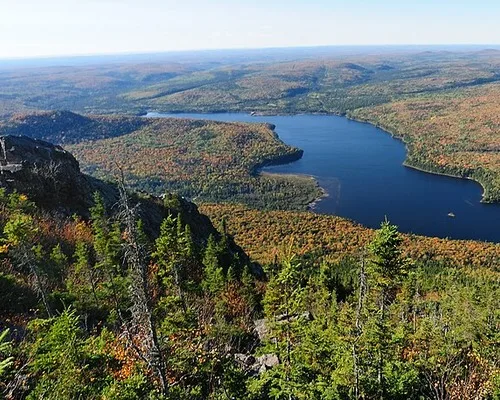
Author: Greffiere adjointe – wikimedia.org
Historical Context
The name “Mount Carleton” likely traces its roots back to the early days of exploration and settlement in the region. As European settlers began to venture into the wilderness of New Brunswick, they often bestowed names upon geographical features to honor prominent figures or to commemorate significant events.
Colonial Influence
One possibility is that Mount Carleton was named in honor of a colonial figure or nobleman associated with the early colonization of the area. It was common practice for settlers to name landmarks after influential individuals who played a role in shaping the course of history.
Earl of Carleton
Another theory is that Mount Carleton may have been named after Sir Guy Carleton, 1st Baron Dorchester, who served as Governor of the Province of Quebec during the late 18th century. Sir Guy Carleton was a prominent figure in Canadian history, known for his role in preserving British rule during the American Revolutionary War.
Mount Caubvick – Newfoundland & Labrador
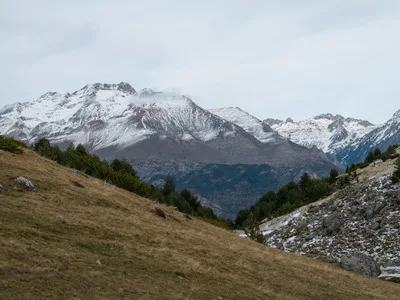
Indigenous Influence
The name “Caubvick” likely finds its roots in the languages of the indigenous Inuit peoples who have inhabited the region for countless generations. Inuit languages often imbue geographical features with names that encapsulate the essence of the land, its history, or its spiritual significance.
Meaning and Interpretation
The precise meaning of “Caubvick” may vary across different Inuit communities, but it likely carries layers of significance beyond mere description. It could evoke imagery of the landscape’s contours, colors, or its place within the stories and traditions passed down through generations.
Cultural Reverence
Mount Caubvick holds profound cultural significance for the indigenous peoples of Newfoundland and Labrador. The name “Caubvick” may represent a deep-seated connection to the land, a reverence for the forces of nature, or an acknowledgment of the mountain’s role in Inuit cosmology and spirituality.
Mount Columbia – Alberta
Colonial Connections
The name “Columbia” likely traces its roots back to the era of European exploration and colonization in North America. During this time, explorers often bestowed names upon geographical features to honor influential figures or to commemorate significant events.
Symbol of Exploration
One theory suggests that Mount Columbia may have been named in honor of Christopher Columbus, the renowned explorer credited with discovering the Americas in the late 15th century. By naming the mountain after Columbus, explorers may have sought to pay homage to his pioneering spirit and the age of discovery.
Mount D’Iberville – Quebec

Author: Michael Kranewitter – wikimedia.org
French Explorer
The name “D’Iberville” is likely derived from the French explorer Pierre Le Moyne d’Iberville, who played a significant role in the early exploration and colonization of North America. Born in Quebec in the late 17th century, d’Iberville led several expeditions to the region, establishing French settlements and trade routes.
Colonial Era
During the colonial era, European explorers often named geographical features after prominent figures or to commemorate significant events.
Legacy of Exploration
D’Iberville’s expeditions were instrumental in shaping the history and geography of Quebec and the surrounding regions. By naming the mountain after d’Iberville, explorers and settlers may have sought to honor his legacy and commemorate the spirit of adventure and exploration that characterized the era.
Mount Logan – Yukon

Geological Pioneer
The name “Logan” pays homage to Sir William Edmond Logan, a trailblazing geologist and explorer whose legacy looms large over Canada’s rugged terrain. Hailing from Scotland in the 19th century, Logan left an indelible mark on the scientific understanding of Canada’s geological wonders.
Surveying the Wilderness
Armed with curiosity and determination, Logan embarked on daring expeditions to survey Canada’s vast expanses, including the untamed wilderness of Yukon. His meticulous geological surveys laid the foundation for unlocking the secrets of Canada’s mineral-rich landscapes.
A Name to Remember
Mount Logan likely received its name as a tribute to Sir William Edmond Logan’s invaluable contributions to scientific exploration. It stands as a testament to his pioneering spirit and serves as a beacon of inspiration for future generations of adventurers and scholars.
Queen’s County – Prince Edwards Island
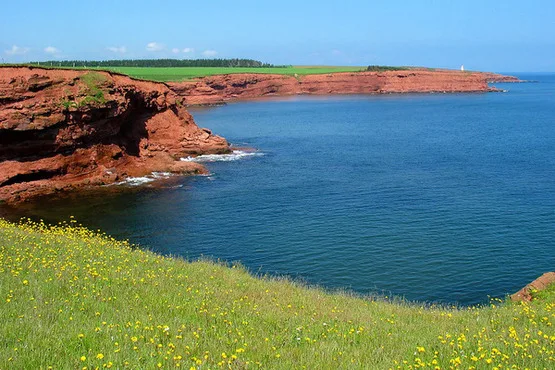
Author: Peter M Graham – flickr.com
Monarchical Tribute
The name “Queen’s County” is a tribute to Queen Charlotte, the consort of King George III of England, who reigned during the late 18th and early 19th centuries. Queen Charlotte was renowned for her grace, compassion, and devotion to charitable causes, making her a beloved figure among the British populace.
Legacy of Royalty
By bestowing the name “Queen’s County” upon this picturesque region, early settlers sought to pay homage to Queen Charlotte and to commemorate her role in shaping the British Empire. The name serves as a reminder of the enduring ties between Prince Edward Island and the monarchy.
Un-Named Peak – Northwest Territories
Exploration and Discovery
The Un-Named Peak likely received its moniker due to its remote location and limited human exploration. In the vast expanse of Northwest Territories, there are numerous peaks and landmarks that have yet to be officially named or documented.
Geographical Mapping
In some cases, geographical features remain unnamed due to the challenges associated with accurately mapping and surveying remote regions. Without detailed cartographic data, it can be difficult for explorers and authorities to assign names to every peak and landmark in the wilderness.
Indigenous Heritage
The Un-Named Peak may also hold significance within the indigenous cultures of the region. Indigenous peoples often have their own names and stories associated with geographical features, which may differ from the names used by explorers and settlers.
White Hill – Nova Scotia
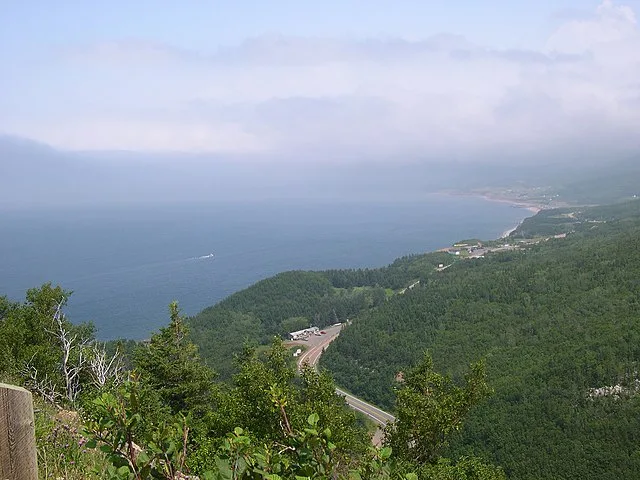
Author: Dylan Kereluk – wikimedia.org
Geographical Appearance
The name “White Hill” likely stems from the hill’s appearance, particularly during certain times of the year or weather conditions. It may be covered in white snow during the winter months, giving it a striking and memorable appearance against the landscape.
Winter Wonderland
During the winter season, Nova Scotia experiences snowfall that blankets the countryside in a layer of white. This seasonal transformation may have inspired early settlers to name the hill “White” as a descriptive term to capture its wintry beauty.
Symbolic Meanings
White is often associated with purity, cleanliness, and innocence. By naming the hill “White,” settlers may have sought to convey a sense of pristine natural beauty and tranquility associated with the area.
Concluson
Mountain names aren’t just arbitrary; they often hold rich historical, cultural, and geographical significance, serving as windows into the past and reflections of local heritage. Each mountain’s name has a unique origin story. From Baldy Mountain’s probable naming after its visual appearance to Barbeau Peak’s potential tribute to Arctic explorers, the stories behind these names add layers of intrigue to their identities. Mountains like Mount Columbia and Mount D’Iberville pay homage to explorers who ventured into unknown territories, leaving their mark on the landscape and history of Canada. Indigenous languages and traditions have left indelible marks on mountain names such as Ishpatina Ridge and Mount Caubvick, showcasing the enduring connection between indigenous peoples and the land they’ve inhabited for generations.
FAQs
Why do mountain names hold such profound significance?
Mountain names aren’t mere labels; they serve as gateways to history, culture, and geography, offering insights into the rich tapestry of heritage in a region.
What is the significance of indigenous names for mountains?
Indigenous names for mountains hold deep cultural and spiritual significance, representing the enduring connection between indigenous peoples and their ancestral lands.
Can mountain names evolve over time?
While some mountain names may remain unchanged, others may evolve due to shifting cultural perspectives, political considerations, or efforts to honor indigenous traditions and reclaim lost names.
Can you explain the height and cultural significance of Ishpatina Ridge?
Ishpatina Ridge is the highest point in Ontario. Its name, “Ishpatina,” is derived from the indigenous languages of the First Nations peoples in the area, reflecting the land’s spiritual essence and the deep cultural reverence indigenous peoples have for this natural feature.